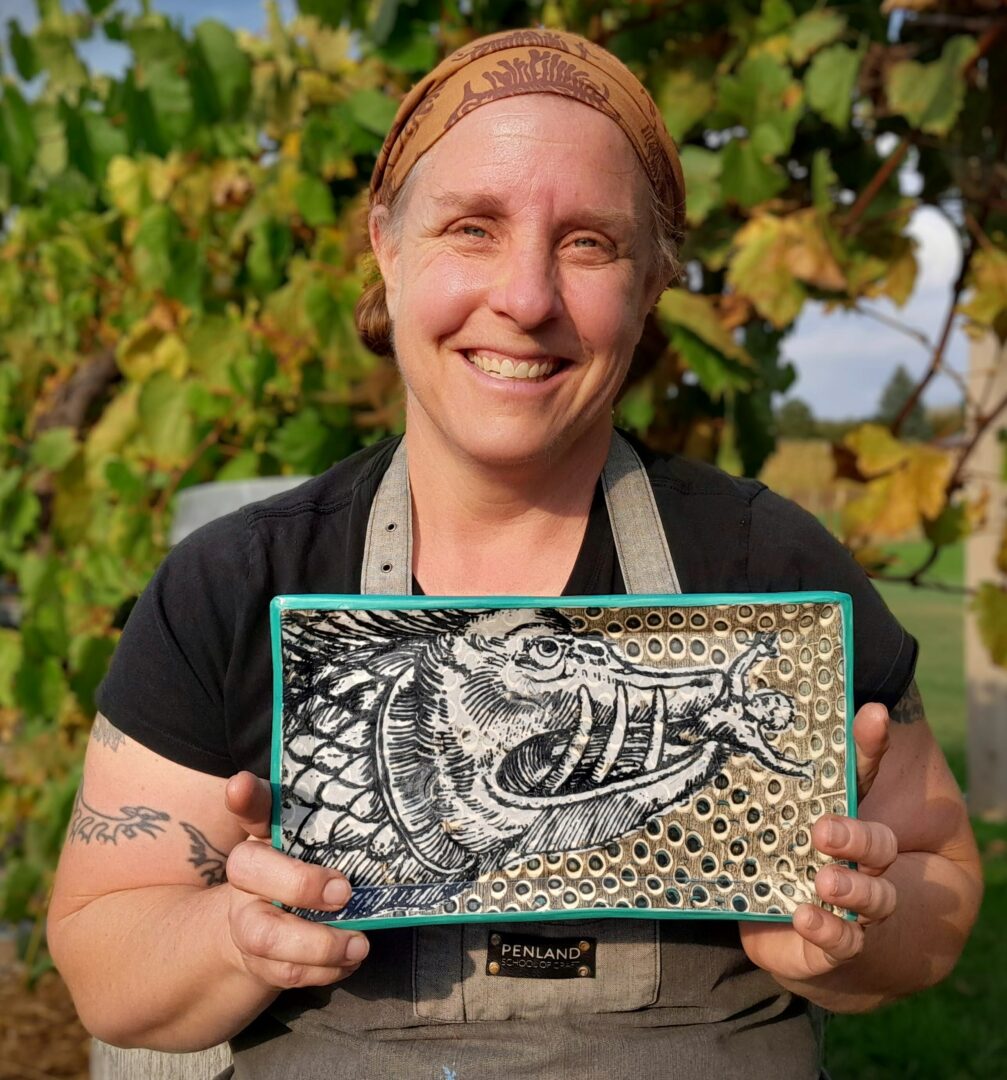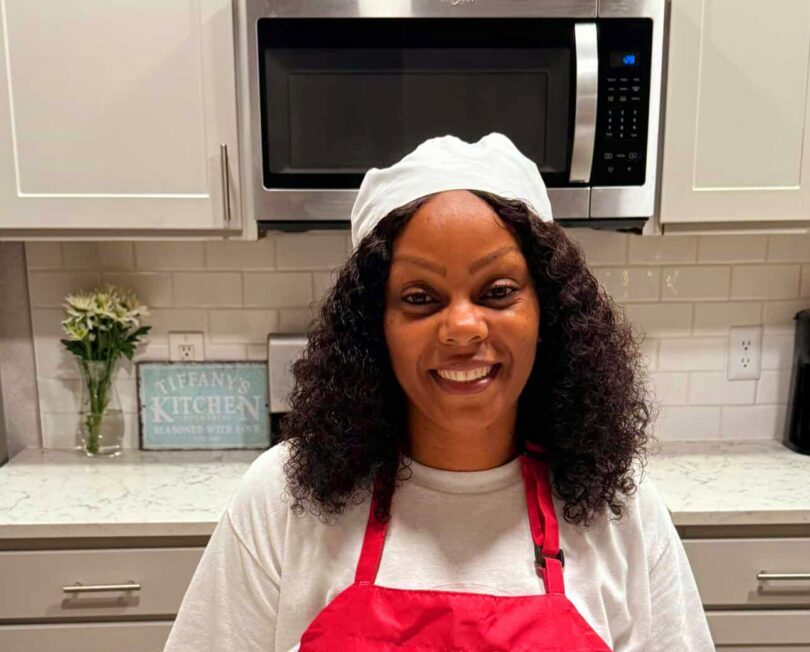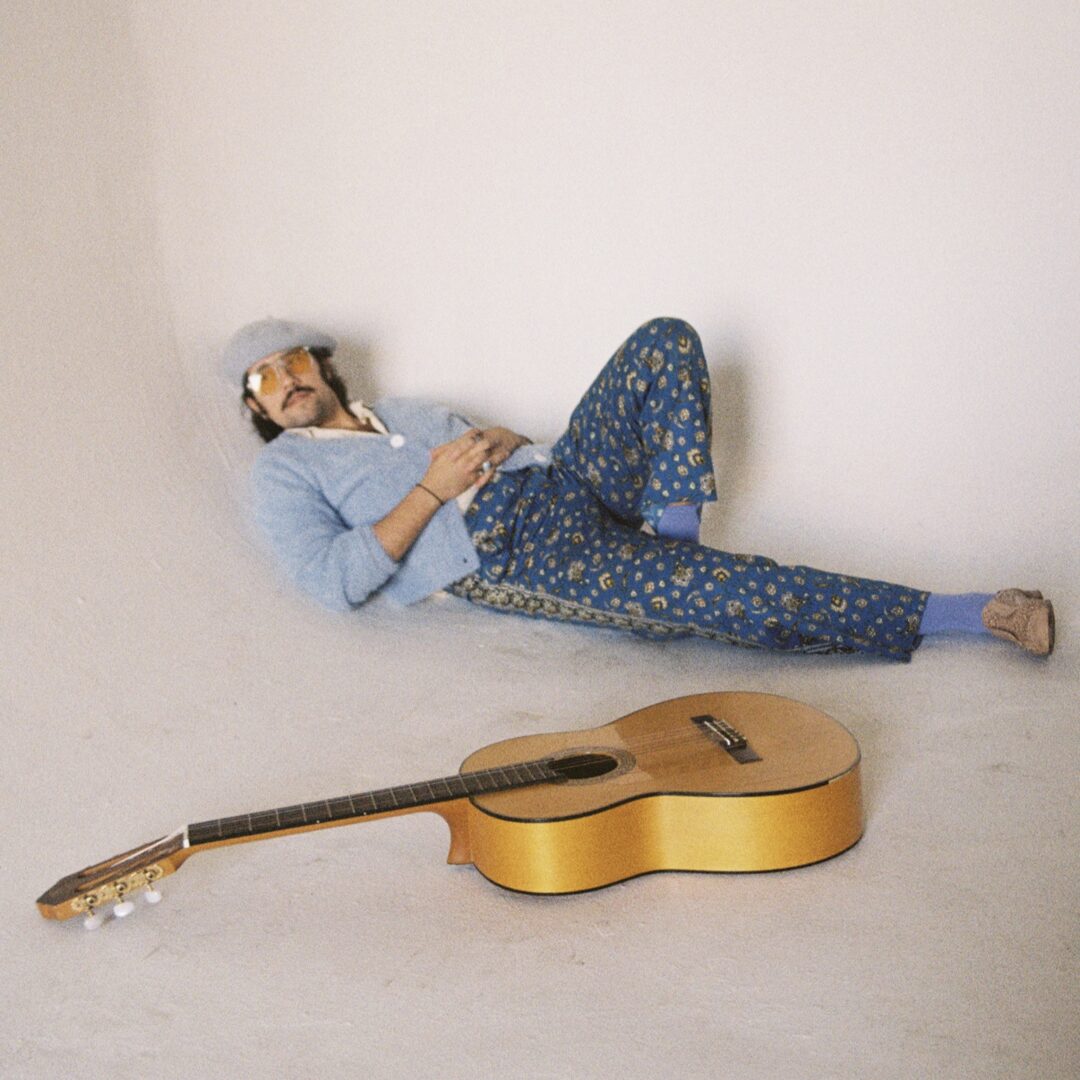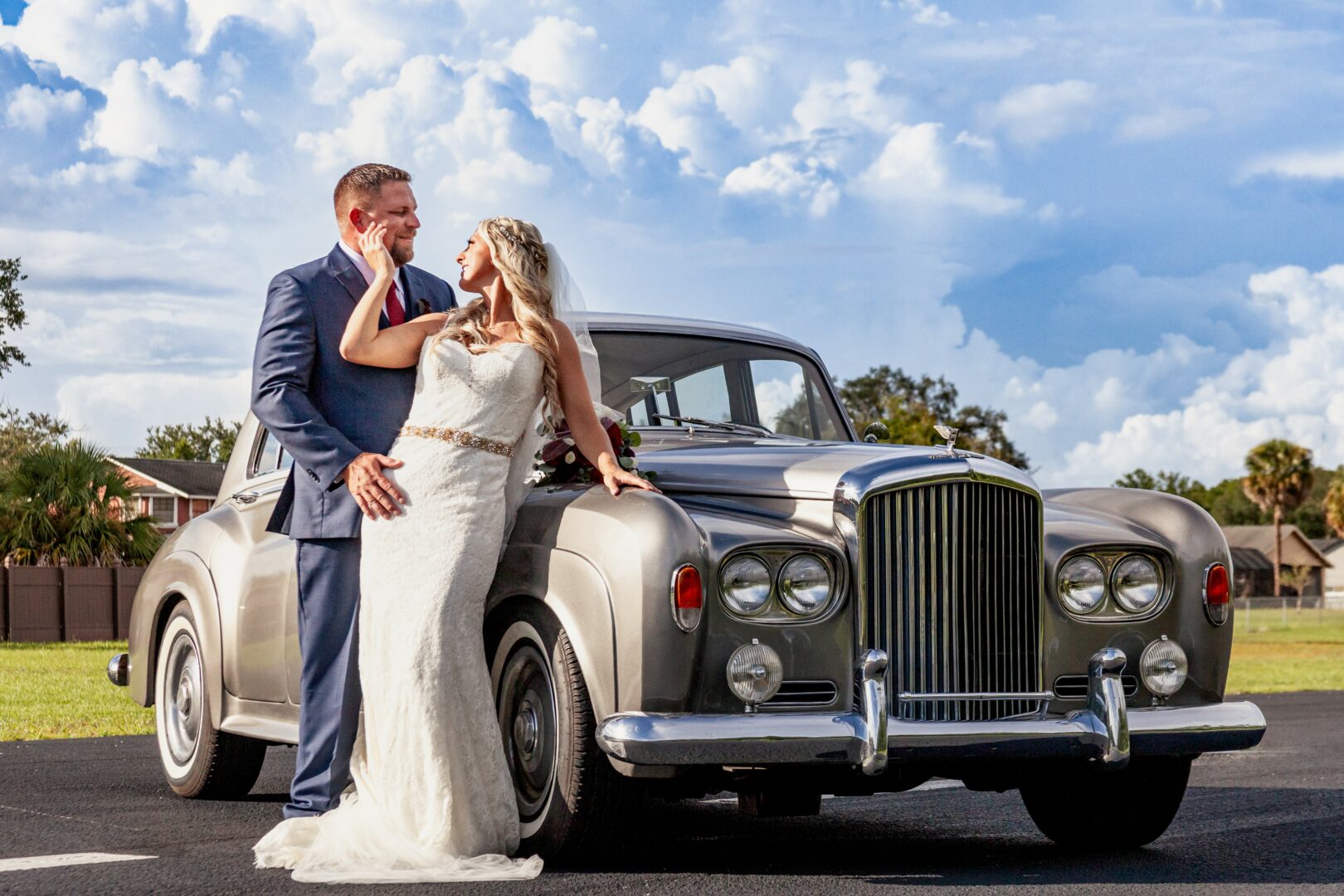We were lucky to catch up with Eli Zemper recently and have shared our conversation below.
Hi Eli, you’ve got such an interesting story, but before we jump into that, let’s first talk about a topic near and dear to us – generosity. We think success, happiness and wellbeing depends on authentic generosity and empathy and so we’d love to hear about how you become such a generous person – where do you think your generosity comes from?
I think generosity is a kind of gift giving. Growing up, my brother and sister and I would stage these little events for each other. Sometimes it was a spooky lunch with peeled grape “eyeballs” and licorice leg “spiders”. Sometimes, our bunkbed became a two story theatre with blanket backdrops and homemade puppets acting out ridiculous storylines. What was important was the spectacle and doing something that would bring some kind of delight to the audience. My early adult experiences as a ropes course facilitator furthered my knowledge about group dynamics and different ways to use stories to set-up an experience so people can find meaning in it. Learning how to evaluate a group and provide meaningful activities and stories that will help that group bond or work together to solve a silly problem. . .and then using that silly problem to help the group dive deeper into how they work together continued the work in what I was beginning to understand was the field of experience design.
My professional life has been centered on using projects to create moments of insight, or discovery, or joy. When I was a high school teacher, I was a facilitator. I designed all sorts of projects (planting an orchard, designing radio plays, turning short stories into movies, cooking family foods and recording family histories, making clay sculptures and story podcasts to go with them). These projects had love and generosity as their main design principles. It is a generous act to invite someone to share their creativity with you if you provide all the tools and materials necessary for them to do so. Despite what many people grow up to believe about themselves, people have innate creative impulses. People also want and need connection with one another. When I provide the resources necessary to create as well as the environment that encourages it (safe, participant-centered, open and easy-going) magic happens- for participants, and for me. I am privileged to be a witness to new ideas finding their way in the world. This generosity of spirit- the desire to create an environment and provide the tools for people to realize their creative ideas, is a perpetual cycle. The more I facilitate, the fuller my heart; the more love and generosity there is in the world.
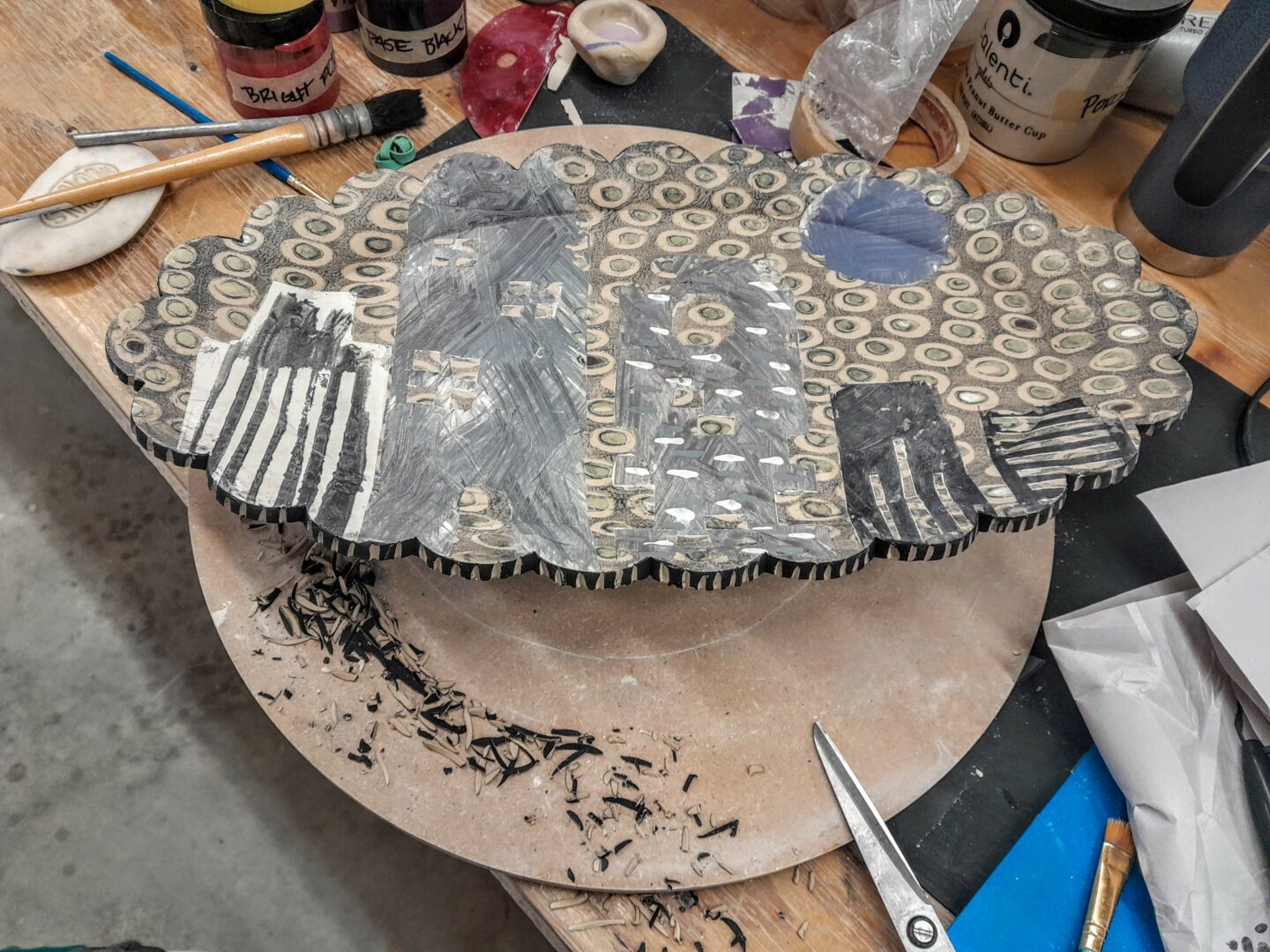
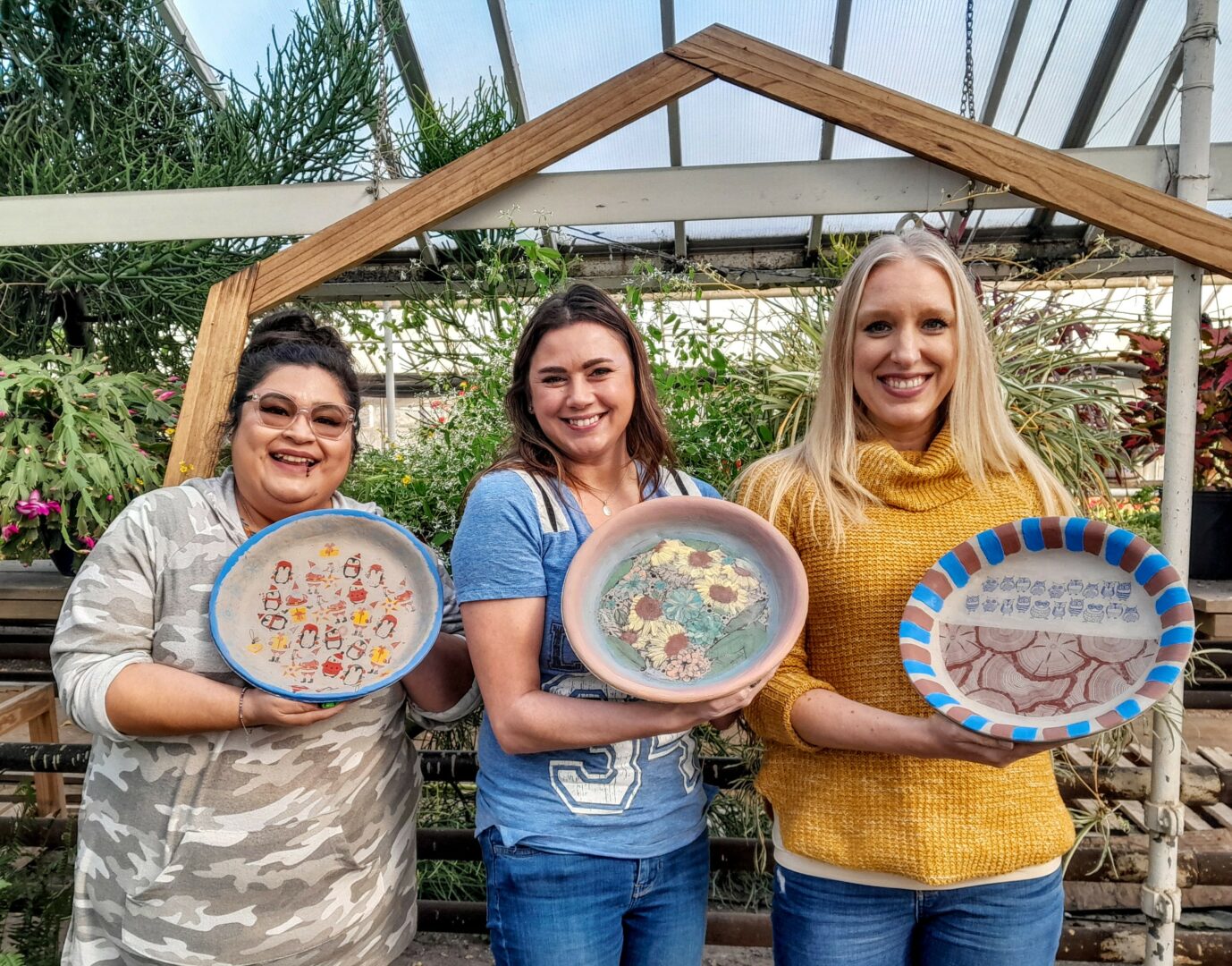
Thanks, so before we move on maybe you can share a bit more about yourself?
I am the owner/facilitator of a mobile clay workshop called Curiouser Clay. We were all SO SAD coming out of the pandemic and all of our art centers were closed. We were isolated and lonely and had forgotten how to be with one another. I wanted to help people (myself included!) feel more connected to one another. I thought that if I loaded up all the materials I needed to facilitate a two-hour clay workshop and visited the different communities around me, maybe we could reconnect and use a creative outlet to help us feel better.
Over the last (almost) three years, I have facilitated more than 3000 creative clay projects! Some highlights over the last three years include hosting a raku (outdoor firing) project for 40 people at the regional Burning Man festival, facilitating group art events at places as diverse as the University of Michigan, local distilleries, greenhouses, and farms, and the MOST important work I’ve done is the assisted art work I engage in with the artists at St Louis Center. St Louis is a residential space that houses individuals with learning and developmental differences. I was fortunate to be an artist in residence last year, and to be continuing in that role again this year. My work with the artists at St Louis Center is some of the most fulfilling and creative work that I have done. Last year, we made wind chimes. The artists told me a story and we created images from that story and printed them on clay. We recorded the stories and mixed them into short podcasts and then displayed the windchimes at two art exhibitions. What was unique about this project was that it combined listening to the artists tell their story, while viewing their piece of art. We worked four months on this project and were SO PROUD when we were able to exhibit it!
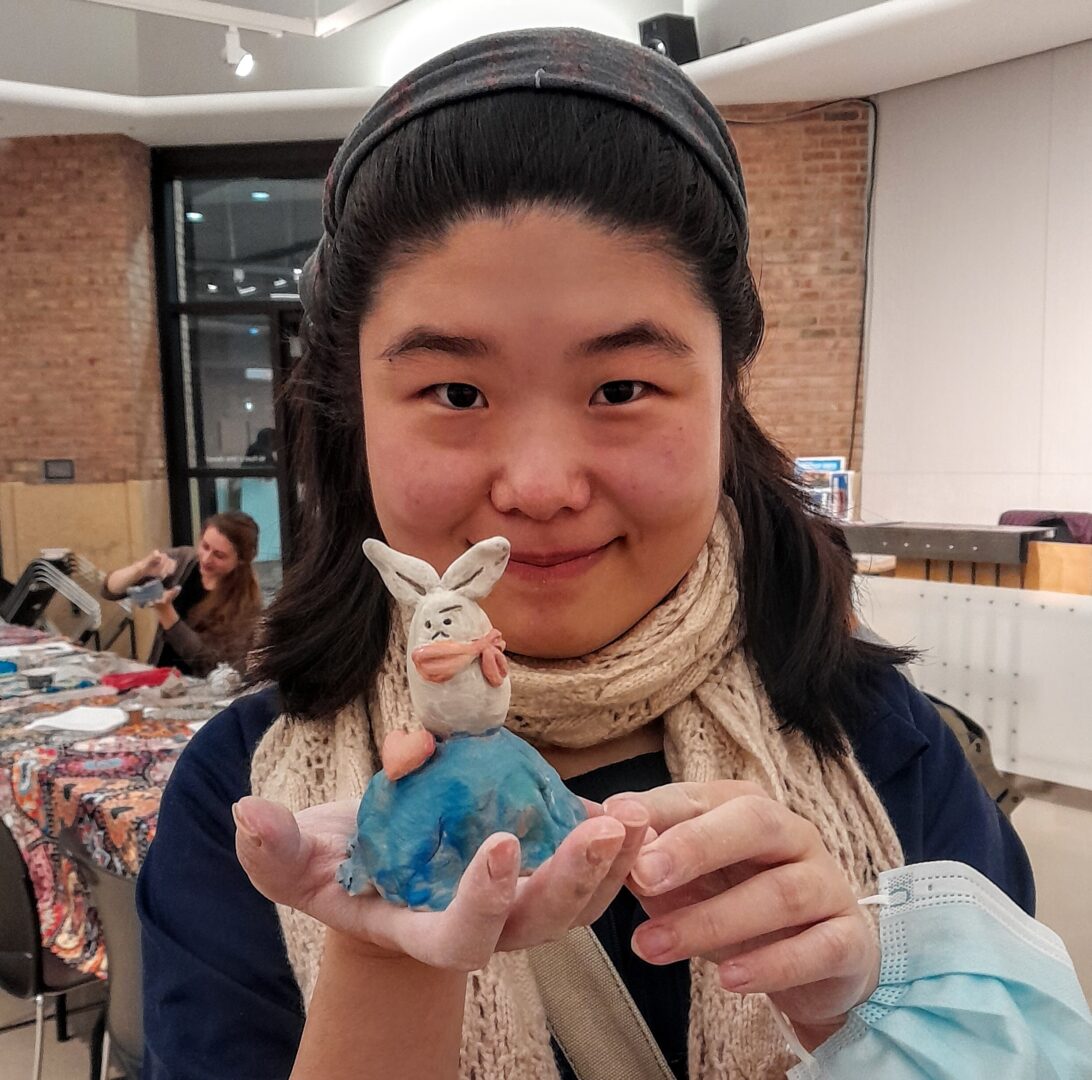
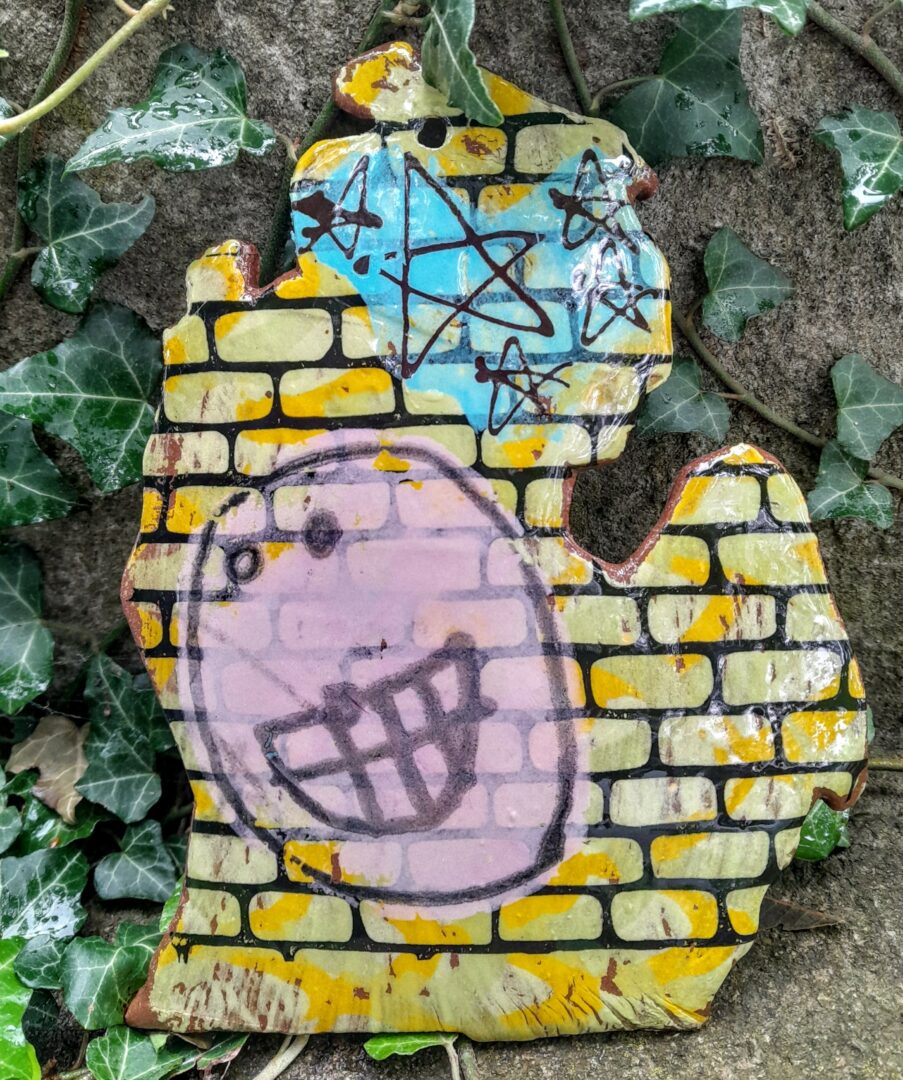
Looking back, what do you think were the three qualities, skills, or areas of knowledge that were most impactful in your journey? What advice do you have for folks who are early in their journey in terms of how they can best develop or improve on these?
I think that the qualities that are and continue to be the most impactful in my work are curiosity, being open to possibilities and developing a practice. One of the questions I have entertained for most of my teaching career has been “so what?” not in judgmental terms, but in “chase that rabbit down the hole” terms. The first idea you have is an invitation to pursue it from all directions. Some of the most exhilarating (and sometimes frustrating) parts of developing a new project is this messy, brainstorming phase. It can be hard to remain open and curious about an idea. Sometimes I have to tuck it in, in the back of my mind, while I work on something else. It helps to spend some time thinking about it before I go to bed and then to pay attention to my early morning ideas, in that space right between sleep and being fully awake. That’s usually where my best ideas come from.
Then, the harder part, is developing a practice. Being disciplined to just do the action (a ceramics teacher early in my career referred to this as “just make the pots”). Not every idea or work is going to be great, but in developing a practice, I think I am always “failing forward” and I can see my work improve incrementally. I am learning to reframe the work I do as practice (as in doing something again and again) and working to quiet the inner critic. If I’m practicing, then it’s not necessary to treat each piece as a “success” or “failure”. Instead, each piece gives me information about what I can focus on in the next piece. When I can stay in this frame of mind, it helps me be kinder to myself, and when I can extend this to myself, I also have more resources to extend to others.
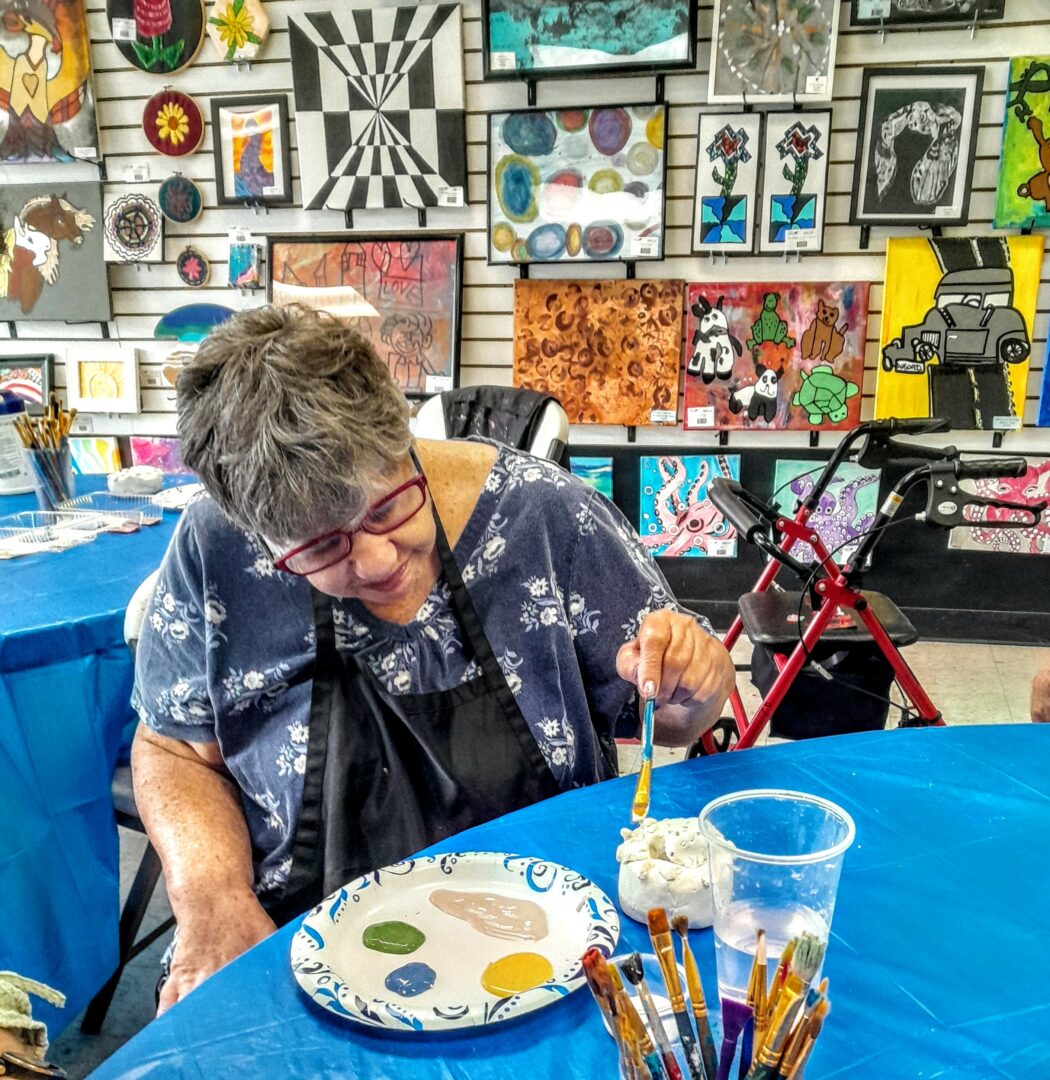
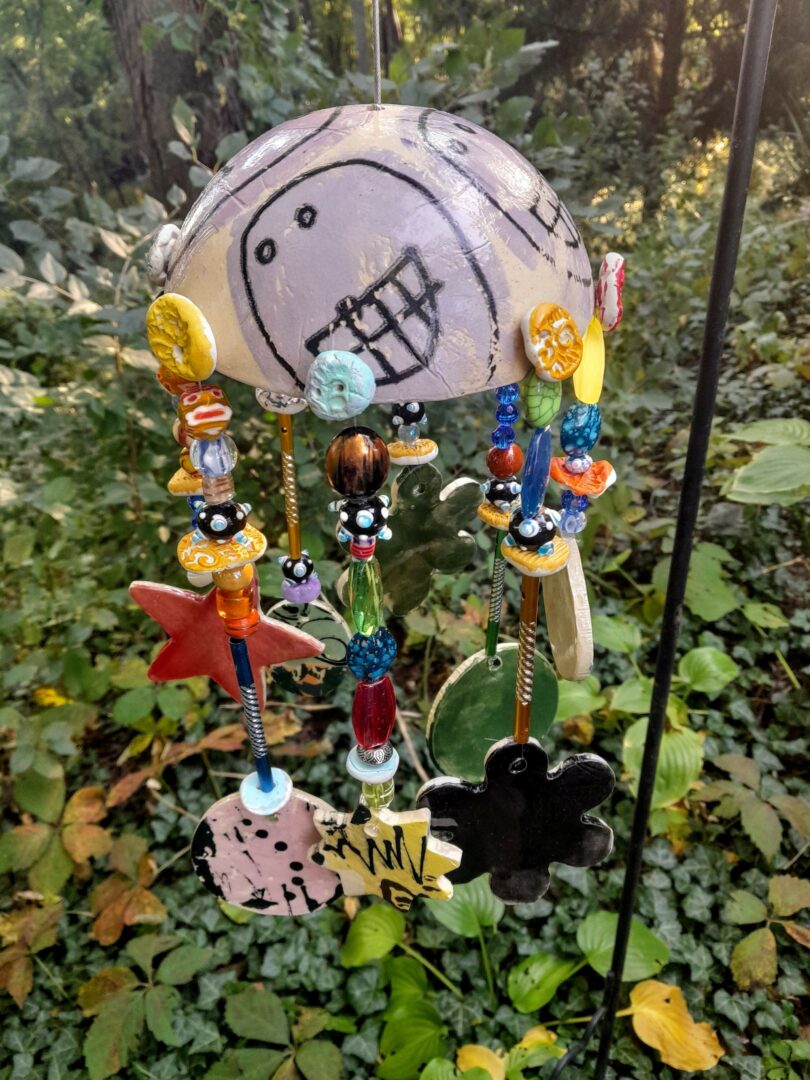
How can folks who want to work with you connect?
I’m always on the lookout for ways to creatively work with others. Right now, the work I am doing at St Louis Center is my most important focus. I am currently looking for people who are interested in collaborating with the artists at St Louis Center. The model we are using is an assisted arts process, so people who are interested in contributing to our clay projects this year by helping to finish the clay work the artists begin, glazing, and assembling pieces (we are starting with a project called 1000 Flowers Could Bloom and will be making ceramic flowers) are encouraged to contact me at [email protected] to get involved!
Contact Info:
- Website: https://curiouserclay.com/
- Instagram: https://www.instagram.com/curiouserclay/
- Facebook: https://www.facebook.com/curiouserclay/
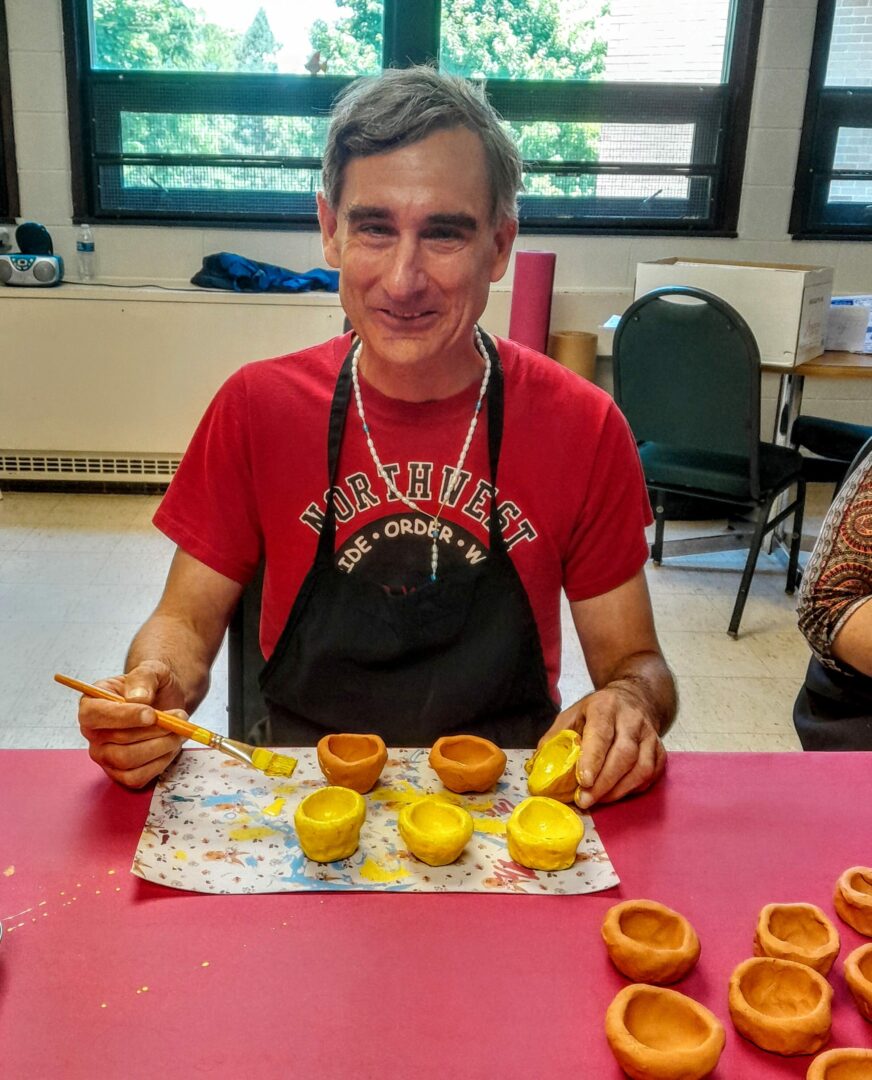
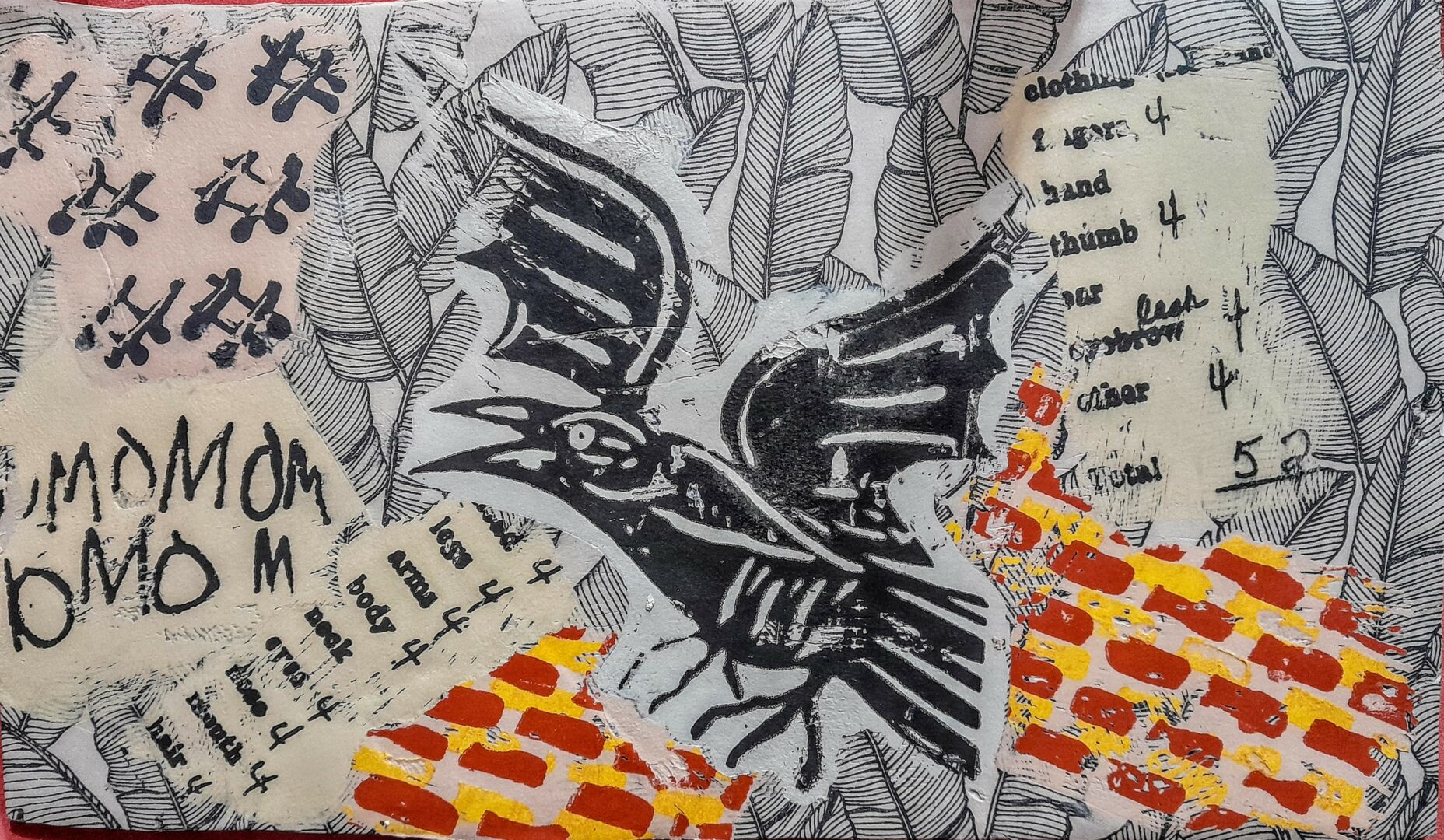
Image Credits
Eli Zemper
so if you or someone you know deserves recognition please let us know here.

